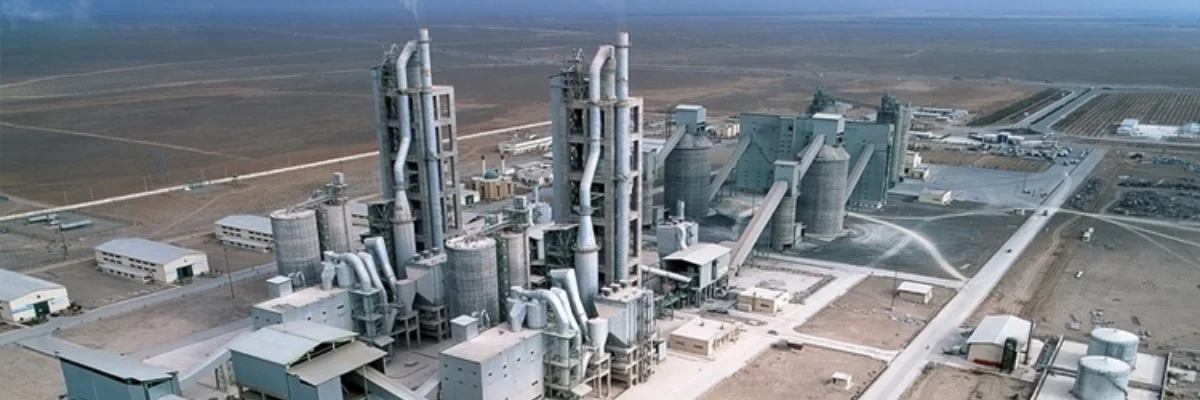Investing in Iran: A Reality Check
Since 2013 when moderate President Hassan Rouhani claimed victory in country’s presidential election, many investors have kept an eye on the Iranian market.
Following the July 14 nuclear agreement between Tehran and the world powers, Iran is expected to come out of a three decades-long economic isolation.
Iran which has the fourth largest oil reserves and the largest natural gas reserves, has long been a “dreamland” for many businesses. With the EU sanctions against the country expected to be lifted in the near future, and with the prospect of US sanctions being lifted sometime thereafter, many investors have rushed to Tehran to assess the conditions first hand.
Foreign Investors
For those investors interested in high-risk markets, Iran has never been a no-go land. These investors have kept their presence in the Iranian market, although without much publicity.
But a wider pool of emerging markets investors began to keep a close eye on Iran as signs emerged in 2013 that a nuclear deal between Iran and the P5+1 group of countries could in fact be possible.
Since then, many Iranian companies have played host to foreign businessmen. Some of these foreigners have simply visited the country to have a better assessment of the situation on the ground while others have taken the opportunity to sign MOUs or even contracts with their Iranian counterparts.
With an end for sanctions in sight, some say the surprisingly developed Tehran Stock Exchange could be the first market to attract foreign investors. It may offer the most attractive vehicle for investment.
Tehran Stock Exchange
The 48-year-old Tehran Stock Exchange (TSE), Iran’s primary exchange, features over 300 listed companies classified into nearly 40 industries. The TSE is considered the most diversified market in the region.
Since 1979, the TSE -- which trades a range of shares, funds and financial instruments, including Sukuk and Islamic funds -- has sustained periods of growth in trading and market capitalization.
The TSE was viewed as a “phenomenon” by some in 2013. From 2009 to September 2013, the TSE Price Index (TEPIX) witnessed growth of more than 500%. This growth was achieved despite the lagging Iranian economy.
However, the TSE Overall Index declined 21 percent in 2014. Experts had anticipated such a correction following the sharp increase in prior years, which was largely attributable to inflation hitting the price of listed equities.
Is Iran Worth the Risk?
With an estimated gross domestic product of $406.3 billion, according to the World Bank, Iran has the potential to rank among the top 20 economies in the world. The country boasts a large middle class and has made progress in dismantling subsidies to get its macroeconomic incentives in order.
The country also has a strong, but often overlooked, industrial base. Iran is the 3rd producer of cement and 14th producer of steel in the world. It is also the largest producer of cars in the Middle East.
However, just like any other country in the world, there is a level of risk involved for investment in Iran. Great amount of government involvement in market, high inflation rate (14.2% by end of July) compared to international norms and a complicated legal system are among the risks businessmen and investors have to keep in mind before entering the market.
Tough labour rules, lack of overall transparency and the absence of a single rate foreign exchange rate could also be considered among the risks attached to investment in Iran.
Reforms
Despite all the shortcomings, the government and other state institutions like parliament have been trying to pave the way for foreign investors. The government has offered to sell state assets to foreigners as a step to cut the government's role in the economy and pledged a tight monetary policy.
Following the nuclear agreement, Iranian officials have also introduced packages which have been described as “strikingly pro-market” by experts.
The Central Bank of Iran has also introduced a bill, allowing foreign banks to open branches in Iran without having a local partner and has pledged to unify the foreign currency in the next Iranian year (starting March 21).
Iran’s Securities and Exchange Organization (SEO) which serves as the country’s financial supervisory authority, has also sought to build a trading platform that conforms to international standards. Under its new structure, Tehran’s exchange has been equipped with online trading, an arbitration board to fast-track disputes, enhanced investor protection, digital signature, surveillance mechanisms as well as post-trade systems.
Positive Outlook
But the preparation for post-sanction era has not only been limited to government institutions. Leading private brokerage companies such as Mofid Securities have also taken major steps in that direction. These companies have expanded the range of materials published for their foreign customers. New English-language reports, analysis and data about market trends and investment methods are more widely available.
Back in 2007, when Goldman Sachs named Iran among the list of “Next 11” most promising emerging markets, many investors wished for a day when investment in Iran would be possible. That day is finally here. In its recent report, World Bank has also forecasted a jump to 5% GDP growth for Iran in 2016 if the sanctions are removed.
With the positive consensus around the outlook for Iran’s economy, long term growth seems likely. But in the medium term, trading Iranian stocks could provide substantial gains, if only because of volatility alone.
Photo Credit: The Business Year




